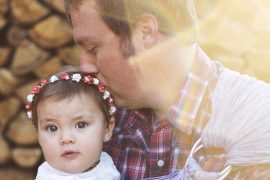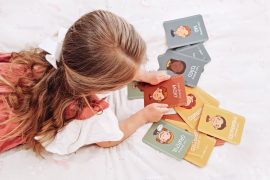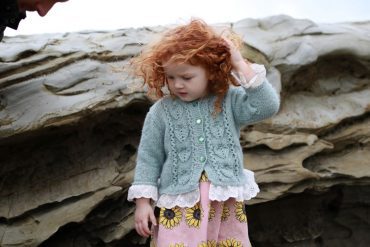This is pretty much the way I’ve operated since first introducing RIE ideas into my program and family, but I was having trouble explaining to others the nuances of the principles I was trying to work with. I think the distinction between treating a child as an Adult versus as a Person may make it easier to understand.
What I took from Janet’s presentation was that honestly acknowledging and being respectful of a child’s feelings or point of view shouldn’t have any qualifiers. It’s enough (and more respectful) to simply observe, “You really don’t want to get in the car. You want to stay and play.” And then, just be in that moment with them. Adding, “BUT we’re running late and you need to get buckled in right now”, kind of just runs roughshod over what they’re feeling and perhaps invalidates it.
I think this a a perfect time for Magda Gerber’s advice to Slow Down.
“You really don’t want to get in the car. You’re so upset right now.” (Pause to slow my own breathing and get a little “zen”) “I need to be sure you’re safe. Do you need another moment before I buckle you in? OK.” (Pausing again to keep my own breathing deep and slow, staying as unhurried and relaxed as I can) “OK, I’m going to buckle you in now.” (Pause to let what I just said register and then gently and firmly talk my child through the process) “I’m helping you with your right arm. And now your left. Here goes your chest clip. I need your bottom all the way in the seat. Please sit your bottom down all the way. I’m going to help you scoot your bottom back so that I can click your buckle. OK, now I’m making your straps snug. I know that you are still upset. You are crying and you look frustrated. It’s OK for you to be upset. This is a safe place for you and your feelings. I’m going to get in the front seat now but I will be listening to you.”
My general rule of thumb is, the louder and more upset a child is becoming, the softer and more intimate I become. It helps me to remain calm and I think it helps children to feel safer. I don’t need to put on a big parenting show for everyone in the cereal aisle, it’s just me and my kiddo trying to reconnect and that is done by going low and slow.”
I’d love to hear your questions, comments, and thoughts about setting limits with empathy. For more reading on a gentle, effective approach to discipline with infants and toddlers, I highly recommend following this link and checking out the many articles Janet Lansbury has written on the topic.
A special thanks to Sarah Morrison, who is an Early Childhood specialist who lives in Northern California. Her passion for providing quality child care for young children led her to study Waldorf Education with Lifeways North America, which is where she was introduced to the inspired writings of Magda Gerber and RIE. Soon after, she completed the RIE Foundations course. Sarah runs a mixed-age nursery school program from her home.
Originally published on Regarding Baby.
Lisa is an Early Childhood Professional who has dedicated herself to caring for infants, toddlers and their parents. She has over twenty years experience working in the field in a variety of roles. Click here to learn more about Lisa & Regarding Baby.










